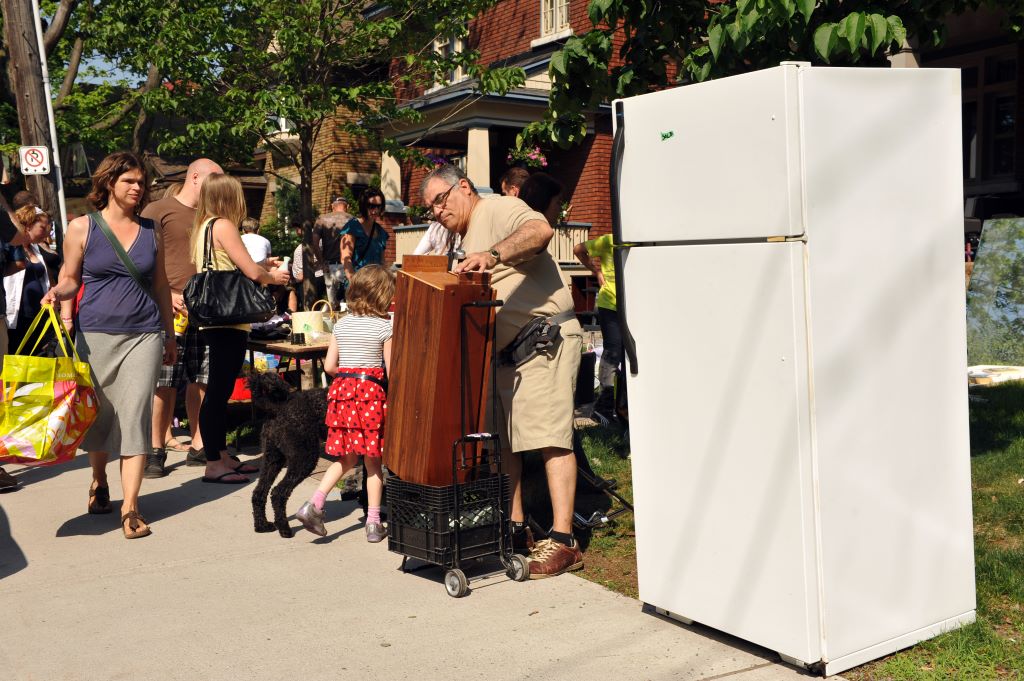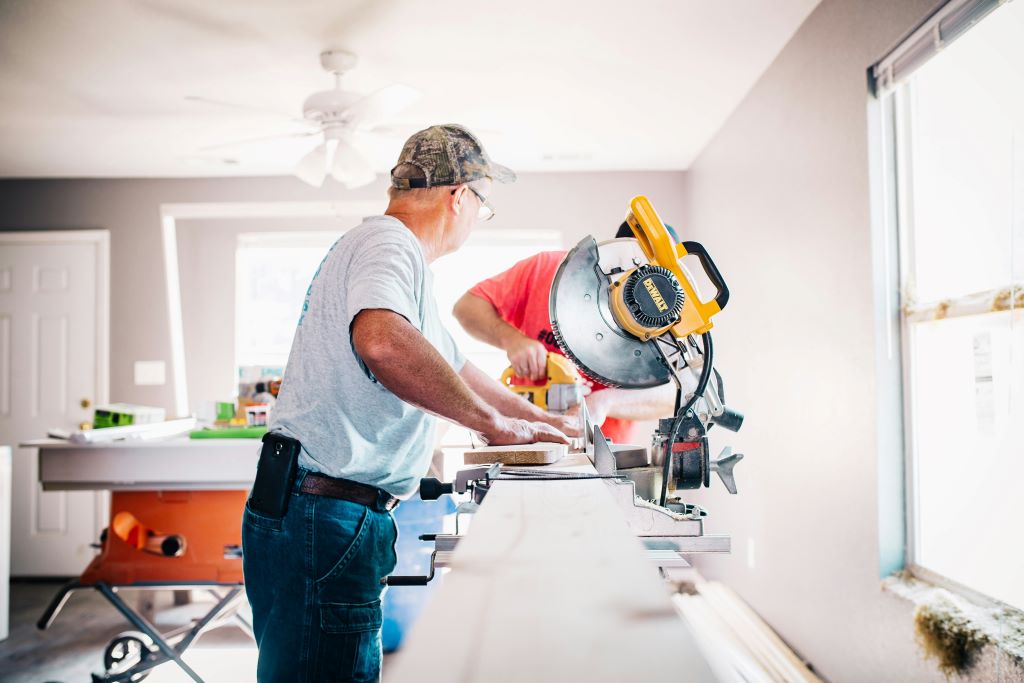
Are you looking to spruce up your living space without breaking the bank? Home improvement projects don’t have to drain your wallet. With a bit of planning and creativity, you can transform your home while saving money. Here are ten smart ways to cut costs on your next home improvement project:
How to Save on Home Improvement Costs
1. Make a Budget
Before anything else, start by making a budget. Setting a renovation budget and sticking to it is one of the best ways to decrease home improvement costs. Most of the time, people spend more than they originally intended, but if you have a budget already in place, it will keep your spending on track. One popular way to mitigate the risks of overspending is to calculate 10-15% on top of your budget. If you can’t afford to spend that increased cost, you need to find somewhere to reduce spending.
2. Shop Around for Materials to Save on Home Improvement Costs
You don’t always have to go to the most expensive hardware stores to find materials for your project. Keep home improvement costs down when you shop secondhand options first. You can find great deals on pre-owned or reclaimed materials such as wood, fixtures, and furniture. Not only will you save money, but you’ll also add a unique touch to your home.

3. Search for Deals
If you haven’t been able to find what you are looking for secondhand, it’s time to head to the hardware store. But don’t settle for the first price you see. Compare prices at different stores and online retailers to find the best deals on materials.
Furthermore, you probably know well in advance what type of countertop or tile style you’re looking for during your project. Find it at your local store and wait for a sale before you buy it. The best deals typically occur seasonally or when new merchandise comes in. You can often keep home improvement costs down when you buy the floor model for a particular appliance. Negotiate the price with your hardware store and leave with an excellent product for a fraction of the cost.
4. Don’t Rush Fixes
Whether you’re looking on your own or with a contractor, putting excessive time constraints on your project could result in higher spending. Avoid any costly mistakes when you take your time. An extra month is worth the time if it saves you the money for fixing any errors.
Taking the extra time to save up extra money can also be a game-changer for home improvement on a budget. You don’t have to pay with a credit card and risk accumulating interest that will raise the final cost of your project.

5. DIY Where You Can
One of the most effective ways to save money is by doing some of the work yourself. So, before spending money on a contractor, research to discover if your renovations are ones you can do on your own. For example, rebuilding a deck or installing a new sink could be within your talent scope. Simple tasks like painting, tiling, or even minor repairs can also be easily done with a little research and effort. So, once you have your task in mind, explore videos and how-to blogs to guide you through the project and save on home improvement costs.
6. Shop Around and Negotiate with Contractors
If you need a contractor because your renovations are big projects with lots of moving parts, shop around for a contractor before hiring. Most contractors offer free inspections and estimates, so you can better understand what you will be spending on home improvement costs. Consider having three to four contractors visit your home monthly to discuss possible prices. Meeting with each one in person also allows you to gauge their interest, honesty, and customer service before diving into a partnership that could cost thousands.
Also keep in mind when hiring contractors, don’t be afraid to negotiate. Get quotes from multiple contractors and see if you can get a better deal by bargaining or offering to do some of the work yourself.

7. Pay in Cash
You get two bonuses that help you save on home improvement costs when you pay in cash. First, you don’t have to risk paying additional interest on your credit card. If you don’t have the entire amount when it’s due, you’ll accumulate interest until you do. Second, many contractors will give you discounts when you pay for materials and services in cash.

8. Going Green Can Help with Home Improvement Costs
In the past, the startup costs for going green were costly. Installing solar panels or bamboo plywood cabinets was too much for most people to consider. With today’s rush toward more environmentally friendly materials and building methods, it may not be expensive to choose green appliances and materials. Some of the most common green additions to consider include:
- Composite Decking
- Solar Roofing
- Increased Insulation
- Bamboo Plywood Cabinets
- Energy Star Appliances
- Paper-Based Countertops
- Synthetic Grass
- Recycled Glass Countertops
- Cork Flooring
- LED Lighting
Some of these may help save you home improvement costs during your renovation, while others could help you save on electricity and water bills for years to come.
The best part of energy-saving appliances? Many of them come with rebates and could help save you money over the years to pay for themselves! Check if there are any tax credits or rebates available for your home improvement project. Energy-efficient upgrades, such as installing solar panels or upgrading to energy-efficient appliances, may qualify for incentives that can help offset costs.

9. Sell Instead of Trashing
If you’re replacing furniture or appliances, you should consider not throwing away the old ones. Consider selling them in a yard sale or online instead. Facebook Marketplace and Craigslist may be great places to get rid of used items in good condition. Whether it’s an older refrigerator that still works or a dining room set that no longer fits your home aesthetic, you could make a little bit of money to help offset your home improvement costs when you sell them secondhand.
10. Reuse and Repurpose Materials
You don’t always have to remove the parts you’re replacing. A lot of furniture and cabinetry can be given a facelift and reused in your home. So, instead of buying new, consider repurposing items you already own. An old dresser can be transformed into a stylish bathroom vanity, or old doors can be turned into a rustic dining table.
You can also find recycled materials in various places, including Habitat for Humanity ReStores, salvage yards, and building material auctions.* Buying materials independently instead of letting your contractor do it can save you money on home improvement costs.
11. Renting Tools Instead of Buying Can Help Minimize Home Improvement Costs
If you need specialized tools for your project, consider renting them instead of buying. This way, you’ll save money and avoid cluttering your garage with tools you may not use often.
12. Focus on High-Impact Areas
Instead of renovating your entire home, consider focusing on high-impact areas that will give you the most bang for your buck. Updating your kitchen cabinets or adding a fresh coat of paint to the walls can make a big difference without breaking the bank.
13. Doing Regular Maintenance Can Prevent Home Improvement Costs
Keeping up with regular maintenance can prevent costly repairs down the line. Simple tasks like cleaning gutters, sealing windows, and fixing leaks can help save you a lot of money in the long run.

By following these tips, you can save money on your home improvement projects without compromising on quality. With a little creativity and planning, you can create a beautiful home that reflects your style without breaking the bank.
*High-interest loans can be expensive and should be used only for short-term financial needs, not long-term solutions. Customers with credit difficulties should seek credit counseling. The opinions expressed above are solely the author’s views and may or may not reflect the opinions and beliefs of the website or its affiliates. Cash Factory USA does not provide financial advice.
This blog contains links to third-party websites that are not endorsed by, directly affiliated with, or sponsored by Cash Factory USA. Such links are included only for the convenience of the reader, user, or browser.